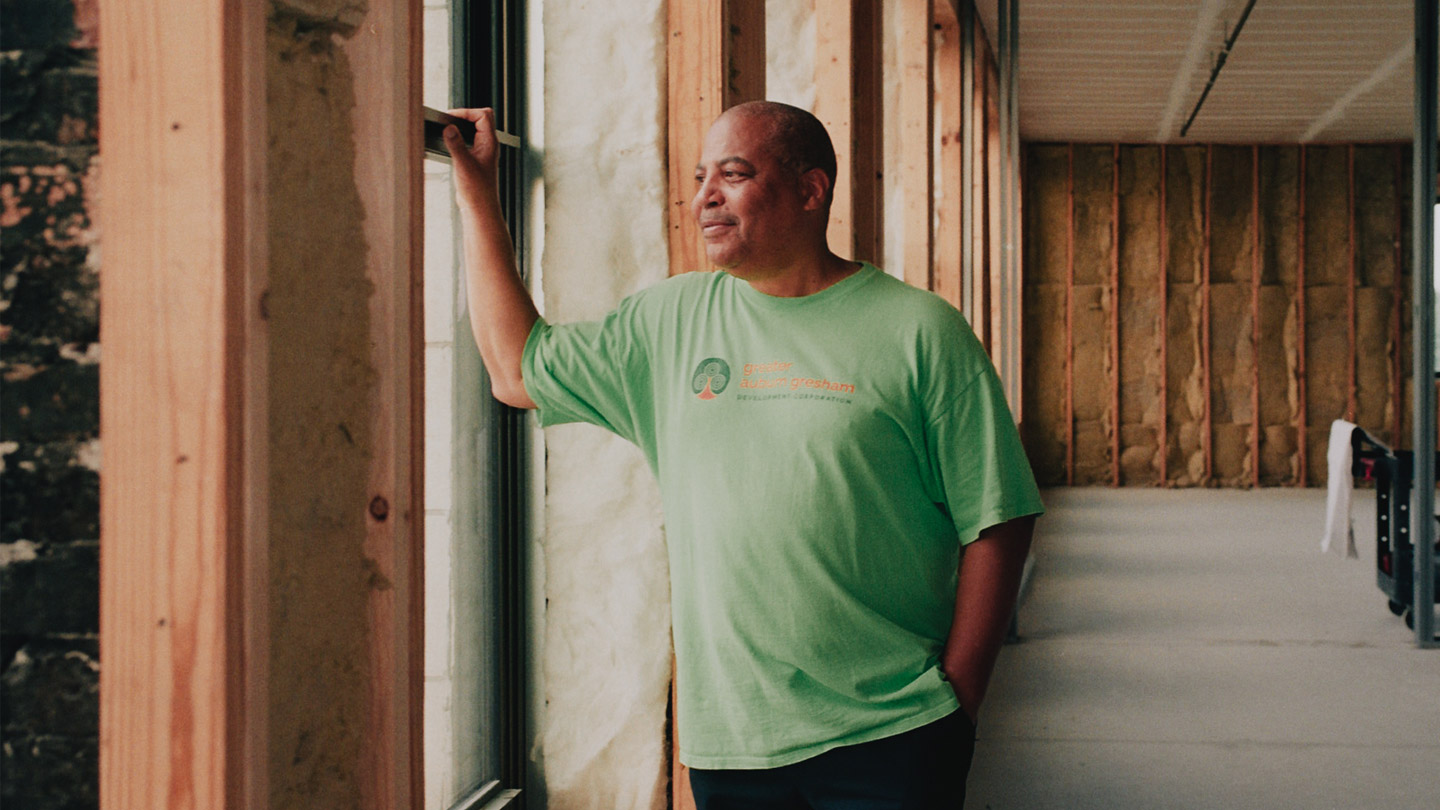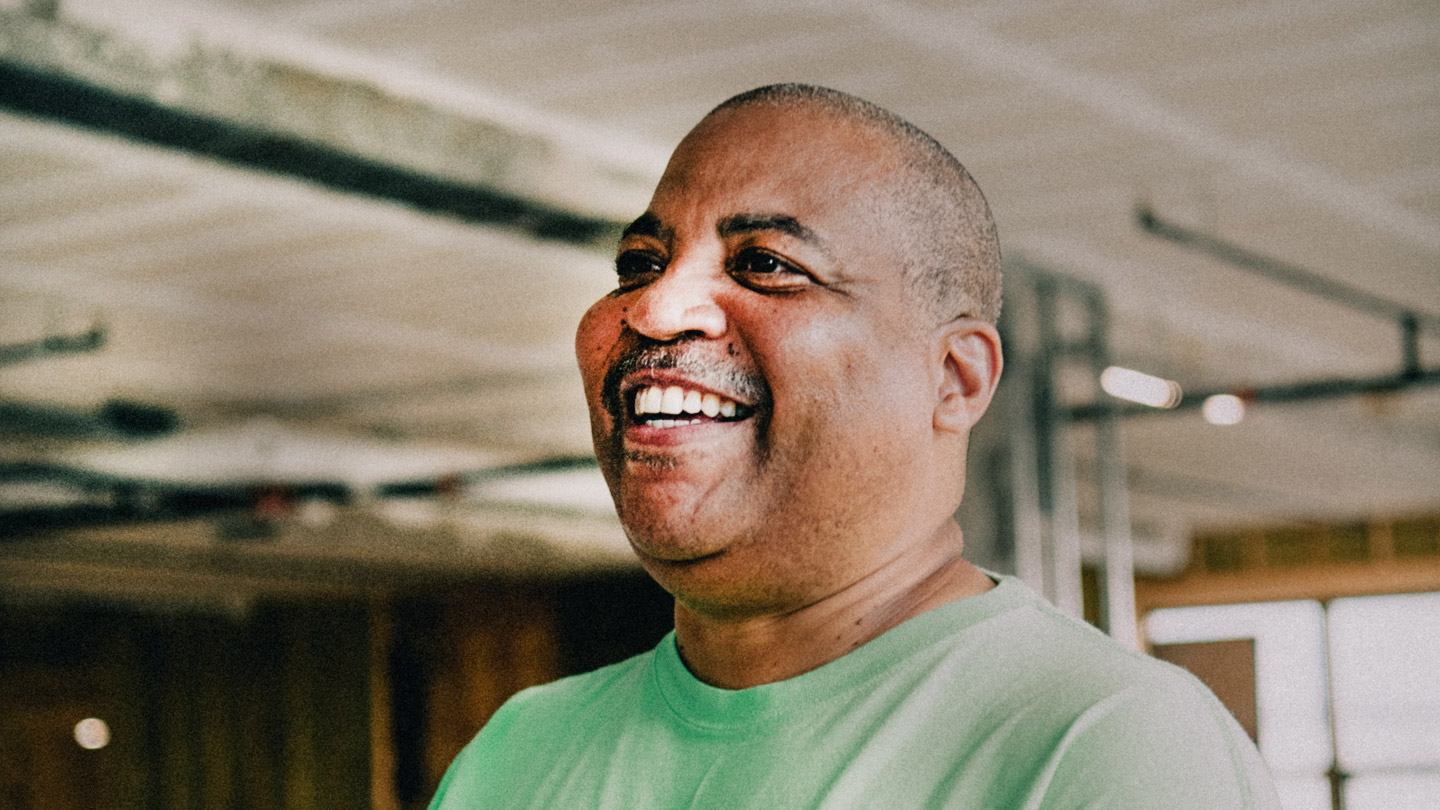In low-income communities like Auburn Gresham on Chicago’s South Side, development and resources can be scarce.
Many people in this predominantly Black neighborhood—which has suffered from years of disinvestment—have to leave the area to receive medical care or buy healthy food. Without those basic services, residents face an uphill battle to create a stable neighborhood.
The plan is guided by three simple questions: What was Auburn Gresham in the past? What is it today? What could it be tomorrow? The report called for a range of amenities, such as coffee shops and fresh-produce markets, as well as a new health hub. Carlos Nelson, CEO of the Greater Auburn Gresham Development Corporation (GAGDC), helped bring that hub to life.
Nearly 20,000 residents treated
In October 2022, the Auburn Gresham Healthy Lifestyle Hub (HLH) opened in an old furniture store that sat empty for decades. The hub represents a new beginning for both the neighborhood and the organization that Nelson has spent his life building.
Once a one-man operation, GAGDC has grown into a comprehensive community development organization that now employs nearly 50 people. It helps revitalize low- to moderate-income neighborhoods by focusing on health, housing, education, youth development and senior services.
The hub houses medical facilities, a mentoring program, a college satellite office, a digital media center, a community room and a teaching kitchen—plus plenty of open space for residents to convene. In its first year the hub served nearly 20,000 people and created nearly 150 jobs.





